Austrian Tyrol is a real paradise for winter sports lovers. Skiers, snowboarders and bobsledders from all over the world come here. After all, there are more than a hundred ski centers and over 5000 kilometers of slopes. There are trails for professionals, for experienced skiers, and there are those for amateurs who just want to ski downhill. Everything here is conducive to active rest. There are ski schools for beginners. Tobogganers will not be bored either – they may enjoy 220 slopes. There is also a place for skiers to run. And besides, on some glaciers you can ski all year round.


Photo: pixabay.com (CC0 Creative Commons)
When you think of Tyrol, you often create images of high mountains, ski resorts, typical Tyrolean houses, pastures filled with flowers and grazing cows, and old wooden outbuildings. Well, in a sort of way this is correct. However, the Alpine state in western Austria has many more facets. Tyroleans take care of their nature and cultural heritage and preserve their old traditions. Numerous folk and traditional festivals are held all over the state throughout the year.

Photo: Mike Norton, https://www.flickr.com/photos/mtnorton/16608812133 (https://creativecommons.org/licenses/by/2.0/)
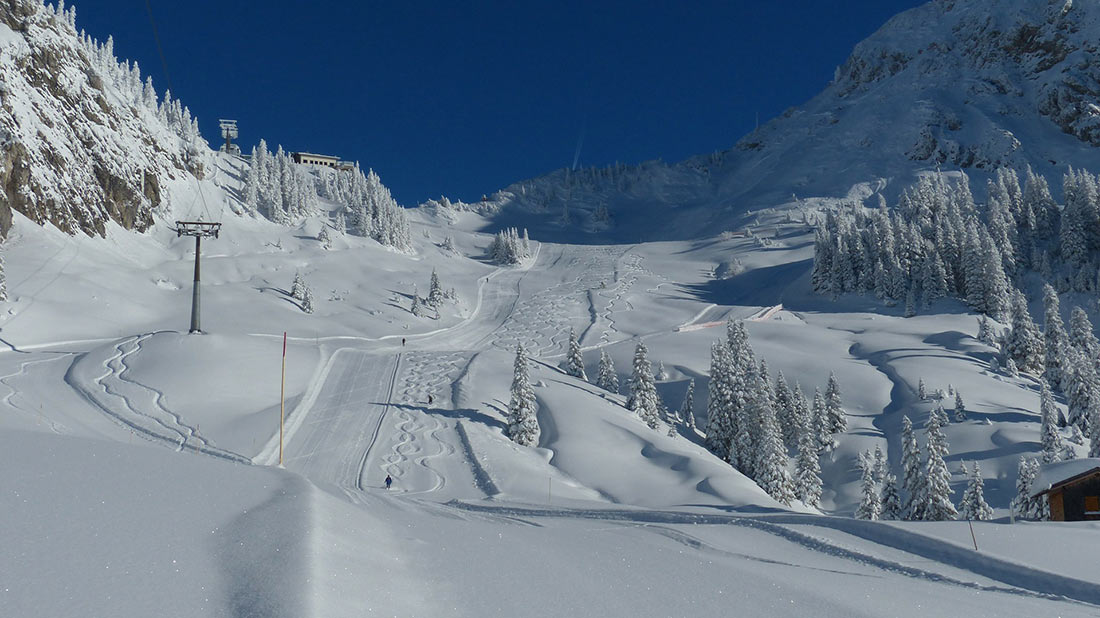
Photo: pixabay.com (CC0 Creative Commons)
Not only skiers come to the Austrian Tyrol, but also families with small children. There are free ski courses for children, and for the smallest there are ski “kindergartens” where children are taught skiing.
The capital of Tyrol is the city of Innsbruck. The Winter Olympic Games were held here twice – in 1964 and in 1976. Everything that was built for the Olympic Games is still valid today. Ski and bobsleigh tracks, Olympic skating rink, snowboard parks. All 6 ski areas in the vicinity of Innsbruck are combined into a single “super ski pass” of 52 lifts.
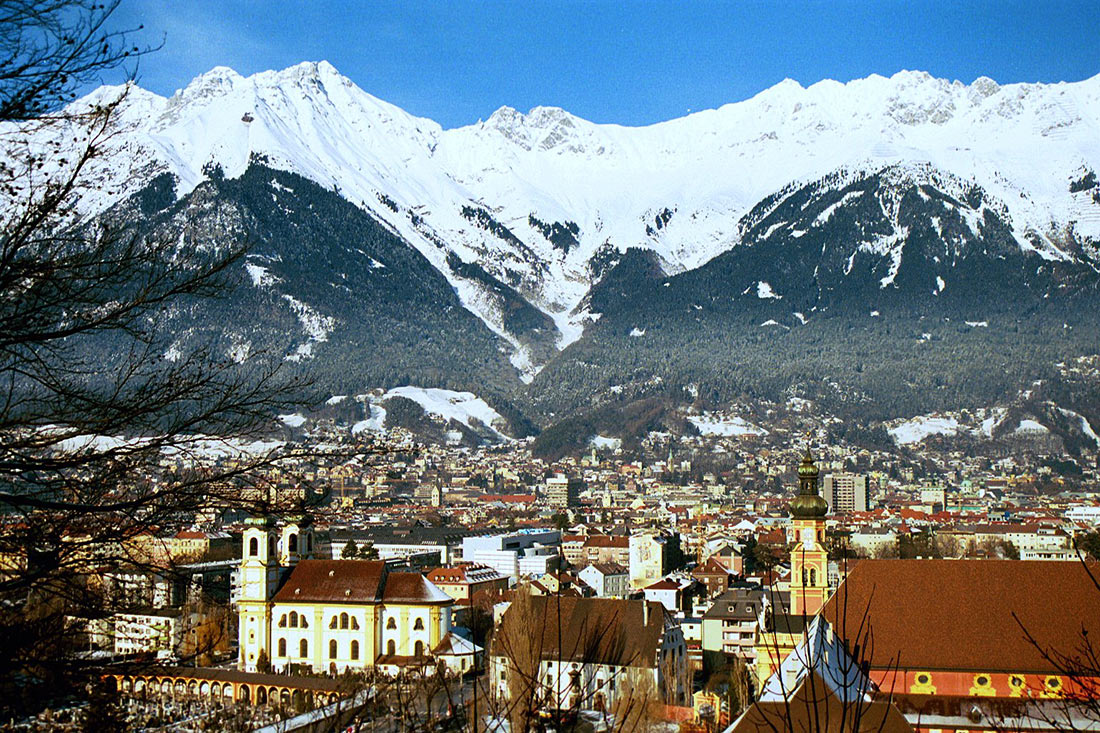
Photo: Leo-setä, https://www.flickr.com/photos/uncle-leo/3404439162 (https://creativecommons.org/licenses/by/2.0/)

Photo: spinheike / pixabay (Pixabay License)
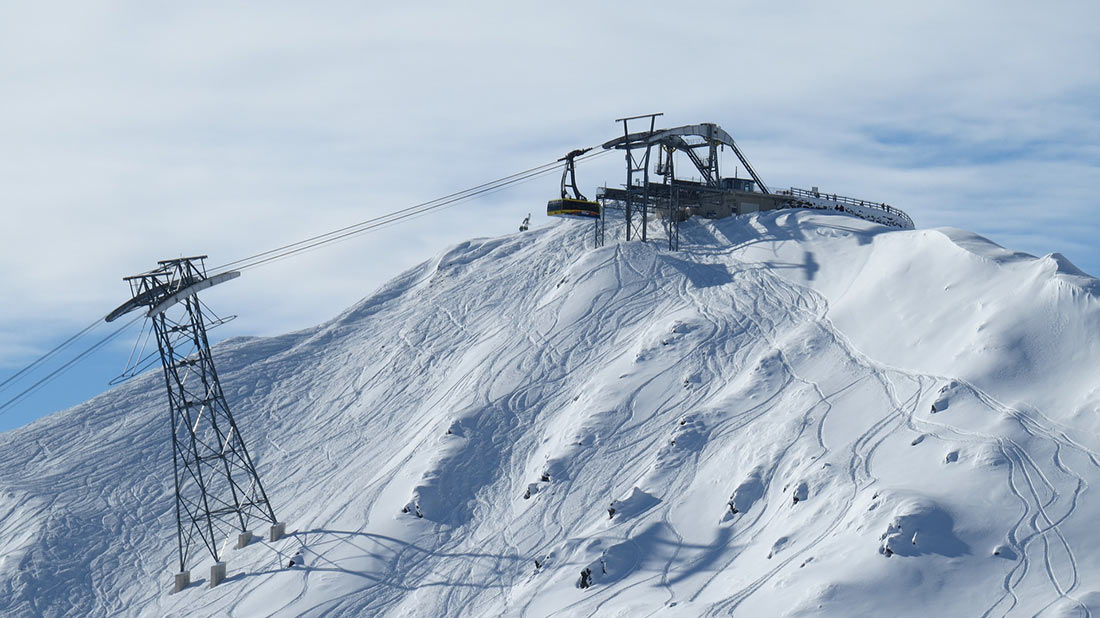
Photo: pixabay.com (CC0 Creative Commons)
Besides, in Innsbruck there’re numerous perfectly preserved historical and architectural monuments. Among them are Hofburg Imperial Palace, erected in the XIV-XVIII centuries, the Hofkirche court church of the XVI century with a bronze tombstone of the emperor, the Arc de Triomphe erected in 1756, an alpine zoo with a circular panorama and the Franciscan cathedral of the XVI century.

Photo: pixabay.com (CC0 Creative Commons)

Photo: pixabay.com (CC0 Creative Commons)

And in the town of Wattens, not far from Innsbruck, in an underground cave, there is Swarovski Crystal World (Swarovski Kristallwelten). This museum is a maze of seven rooms, connected by narrow corridors and staircases. Dali’s famous “leaking clock” made of crystal are exhibited here.
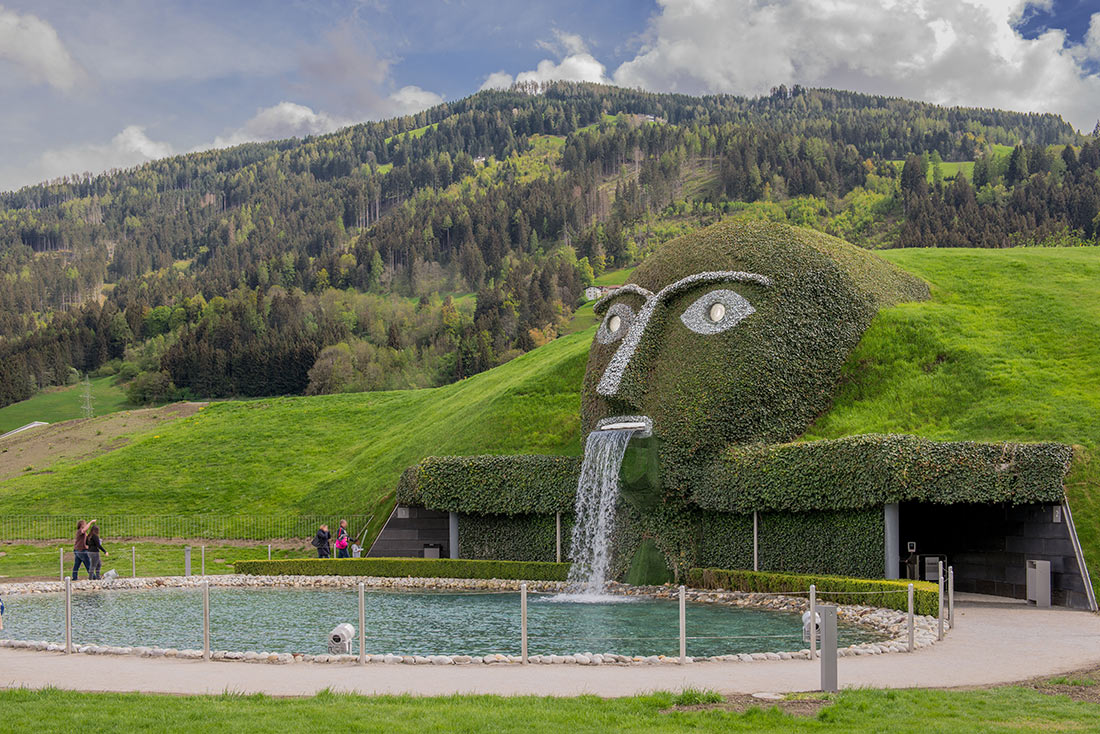
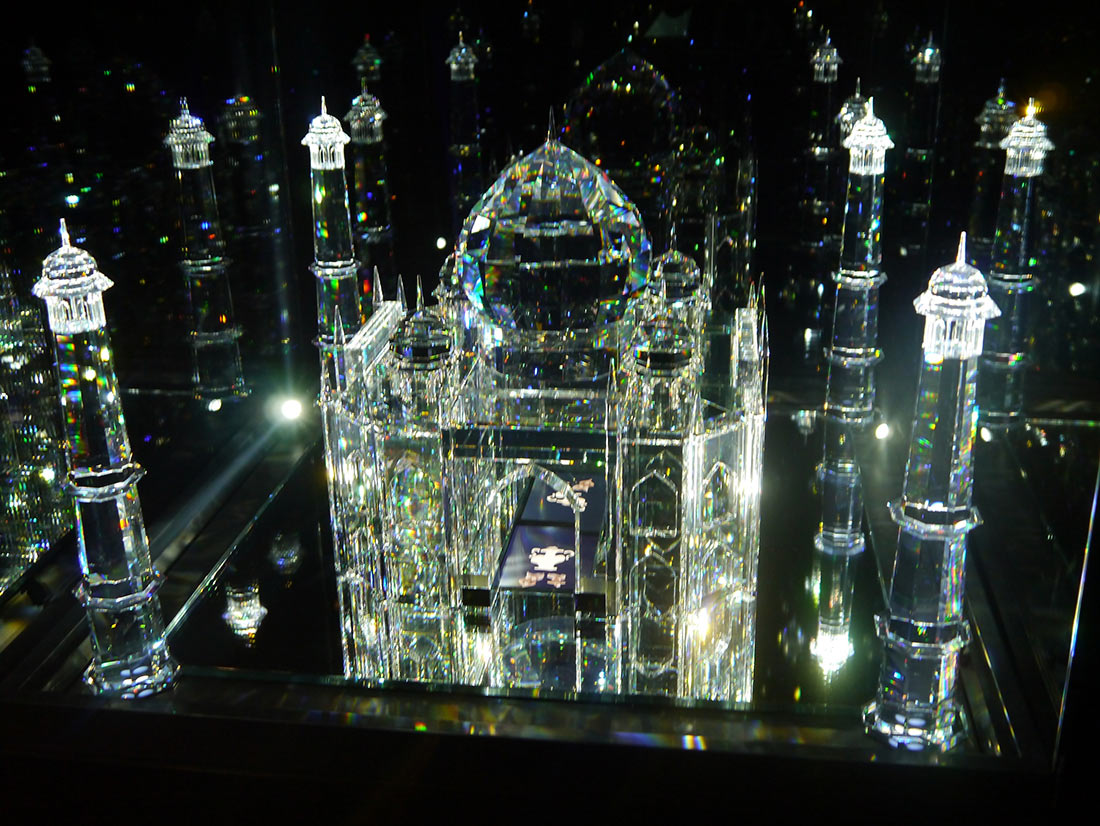
Many ancient fortresses and castles, palaces, monasteries, churches and chapels, which are several hundred years old, have survived on the Tyrolean land.



The magnificent landscape of Tyrol is created by mountains covered with dense forests and many beautiful mountain lakes. The largest of them, Achensee, is located between the Karwendel and Rofan mountains. Unfortunately, it is not possible to swim in all thr lakes. Only two of them, Pillersee and Schwarzsee, which are located near Kitzbühel, are suitable for swimming. And Tristacher See, which is the largest lake in East Tyrol, is located at the foot of the Dolomites.


Photo: pixabay (CC0 Creative Commons)

In Tyrol, aside from ski resorts, there are many large and small hotels, restaurants, bars and nightclubs.






























